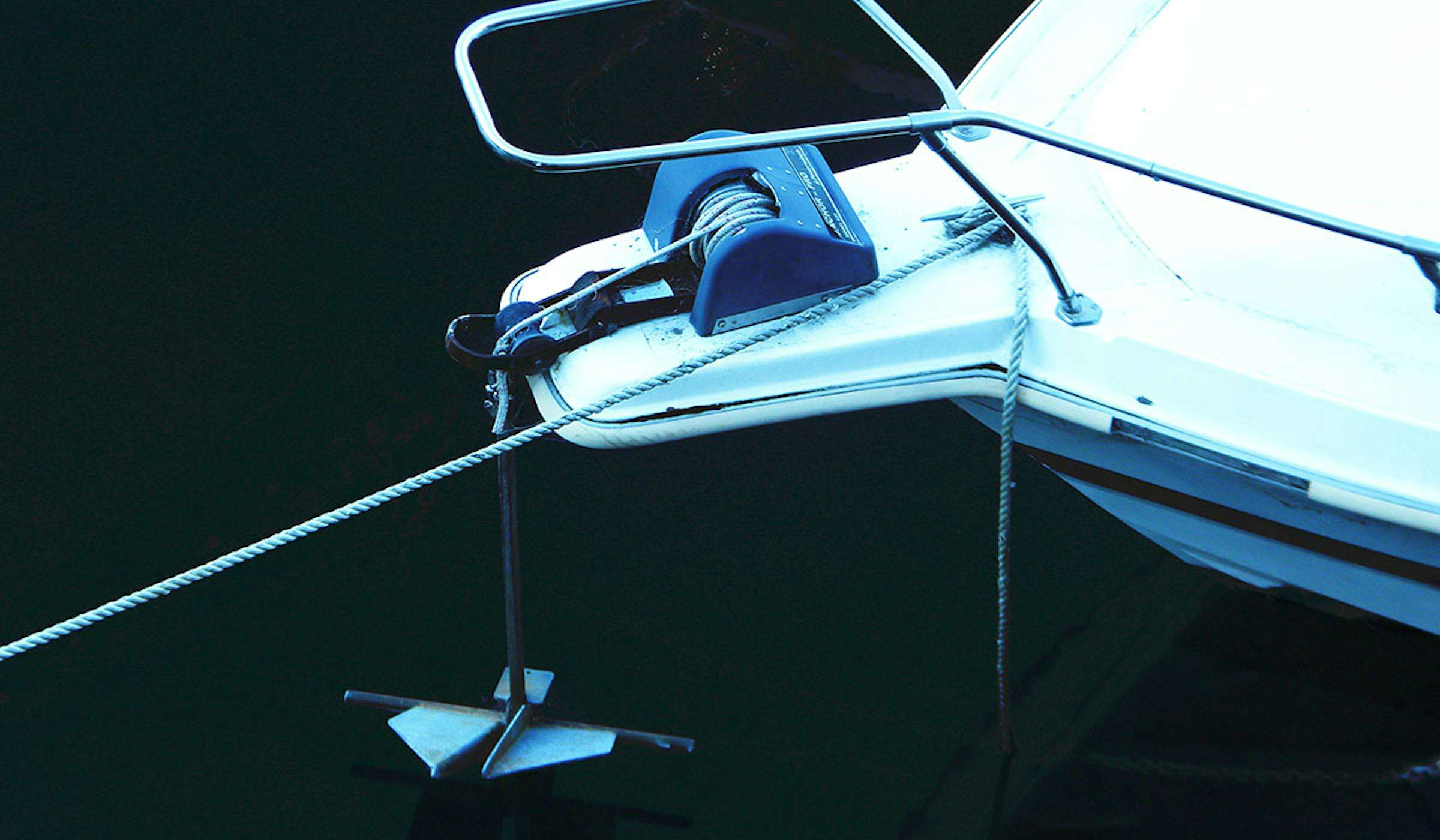
Anchoring know-how
Boat anchoring obviously involves a little more than randomly tossing a weighty, multi-pronged piece of metal overboard!
There's plenty of best practice and etiquette involved when it comes to boat anchoring…there’s almost a science to it - that’s well worth getting right.
The team at Discover Boating tell us that learning how to anchor a boat is a basic seamanship skill that every boater should master, even those who don't anticipate anchoring very often. Understanding how to set and retrieve an anchor is critical as it can hold a boat in place in a secluded cove for a few hours of swimming or an overnight stay, but it's also an essential piece of safety gear.
“If your boat engine fails, a well-set anchor will keep wind or current from drifting your disabled boat onto a shoal or ashore, where it could be damaged.”
There’s plenty of other highly recommended reading available on the topic. Joe Friedman, in his article entitled “Boat Anchoring Tips and Techniques” in Boating Magazine features 10 tips on how to set an anchor.
This boat safety video also shows techniques for anchoring boats. The tips include different types of anchors (and what they’re best suited for), how it’s important to allow for wind and tide movement, how to calculate the length of chain and rope required, how to check your anchor is secure, where to toss it from, and what to do before raising the anchor. There’s also plenty of advice around what not to do, like where not to anchor, how to lower the anchor from the bow NOT the stern (unless you want to increase your chance of capsizing or swamping) and how it’s not smart to secure the line to the stern (the additional weight could bring on water).
In a nutshell, to anchor successfully you need to make good decisions on selecting an anchorage and know how to set your anchor.
There are various factors to consider when selecting an anchorage, as outlined in post at the great escape website. Depth, wind forecast, ground holding, mud, sand, rocks, kelp/seagrass, tide, exposure to passing craft, room at anchorage, as well as the possible need for an anchor watch, are all covered. Potential hazards, manual anchoring, anchor etiquette and anchoring terms (warp, rode, scope, for example) are also discussed.
If you had to narrow your anchoring knowledge down to only a few key factors, then the powerboat training website suggests there are two obvious “golden rules” to adhere to.
“One of the most important aspects of anchoring is setting your anchor and taking a transit to ensure the anchor is holding.”
The reason boats tend to drag when anchored can generally be attributed to two things: Those anchoring did not let out 4-6 times the depth of water allowing for high tide and they did not back up on their anchor to set it and take a transit.
“Anchoring is not a black mystical art, it is easy but far too many people make it really difficult for themselves by not following the two simple factors above.”
The powerboat training website includes a short video explaining the two points above as disregard/lack of knowledge of these appear to be an increasing problem in New Zealand bays.
Finally, just in case you doubted it, anchoring etiquette really is a thing - albeit one with unwritten rules. Thankfully 36degrees.nz has dedicated a timely blog post to this, especially worth absorption as limited overseas travel means we can expect more Kiwis out on their boats over the warmer months. Here’s one bit of advice… don’t be afraid to re-anchor. This can sometimes be what splits the novice from the expert!
“The key here is to sit and wait a good 10 minutes after dropping anchor to see where your boat swings and check your holding. Don’t immediately hop in the dinghy and head to shore, just wait. No one will think any less of you for re-anchoring, in fact it’s the opposite as it makes your neighbours aware that you are respectful of others’ space.”
A point to note: If you anchor and swing into a boat that anchored earlier, or if you drag and hit another boat you are responsible for the damage. Damaging cables is also a very costly mistake.